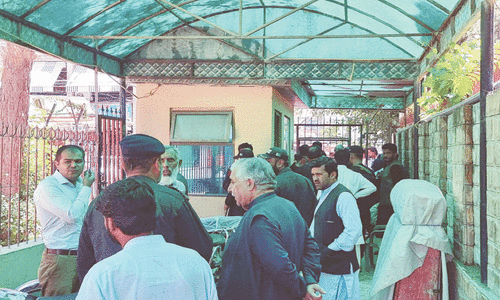
HANOI: The rapid growth of cities across the developing world has resulted in urban areas overtaking rural communities as being the most vulnerable to widescale flooding, according to a report from the World Bank.
The slums of Asian cities are especially vulnerable, says the report, pointing out that about 90 per cent of people exposed to floods live in Asia, and that the problems they face could worsen as a result of factors such as climate change.
The report says that in 2010 alone, 178 million people worldwide were affected by flooding -- the most common natural disaster -- with losses exceeding US$40 billion.
It notes that for the first time in history, in 2008, half the world’s population lived in urban areas, and that the figure is expected to rise to 70 per cent by 2050.
The report says poor planning is partly to blame for urban flooding, as many cities spread across floodplains and coastal inland areas in unsustainable ways, and it notes that floods have occurred after dams or embankments have broken.
Kuniyoshi Takeuchi, director of the Japan-based International Centre for Water Hazard and Risk Management, which contributed data on flood hazard mapping to the World Bank study, said that even as poor people rush into urban areas in search of better opportunities, many governments lack the capacities for carrying out proper risk management.
In many Asian cities, flood-mitigation projects are hampered by inadequate survey work, said Takeuchi. He added that rapid urbanization also makes it difficult to predict how construction or development projects will impact watersheds, particularly in cities surrounded by river deltas, such as Bangkok and Ho Chi Minh.
But Takeuchi also pointed out that climate change and extreme weather events also provoke flooding, since Asia is also the "hot spot of climate change".
Nguyen Hien, a vice dean at the Water Resources University in Hanoi, said that Vietnamese urban planners struggle to design flood adaptation strategies in the face of climate change, heavy rainfall and degraded infrastructure.
They consider mitigation options such as flood gates for regulating tidal flows and urban lakes for capturing storm runoff. In Hai Phong and other coastal Vietnamese cities, the spectre of climate change lends any modelling project a note of uncertainty, she admits.
"Sea levels are rising, and because we receive heavy rainfall and our sewers are degraded, we suffer from a lot of problems," said Hien. -- www.scidev.net










































Dear visitor, the comments section is undergoing an overhaul and will return soon.